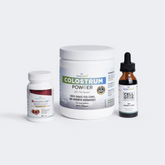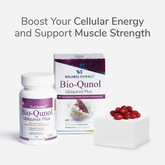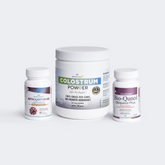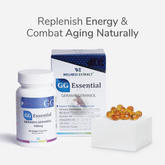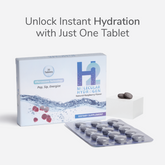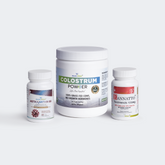Estimated Reading Time: 1 minute
|A new study conducted by Kandeil MA et al investigates how an advanced astaxanthin formulation could offer therapeutic benefits for AD by targeting key brain signaling pathways.
Alzheimer’s disease (AD) is a progressive neurodegenerative disorder marked by memory loss, impaired neuronal communication, and oxidative brain damage. Aluminum exposure is known to worsen these effects.
What Was the Study’s Aim?
The study aimed to enhance the therapeutic potential of astaxanthin (AST) for Alzheimer’s disease by developing a novel delivery system called invasomes: tiny, stable carriers designed to improve brain targeting.
Researchers specifically examined how this formulation affected molecular pathways involved in brain health, including SIRT-1, BDNF, miRNA-134, and GSK-3β signaling, using a rat model of AD induced by aluminum chloride exposure.
How Was the Study Conducted?
-
Researchers created astaxanthin-loaded invasomes (AST-LI) with an optimized mix of phospholipid, ethanol, and cineole to ensure stability and efficient delivery.
-
Rats were given aluminum chloride for 60 days to induce AD-like symptoms, then treated with AST-LI.
-
The study assessed effects on cognitive function, oxidative stress markers, mitochondrial function, inflammation, neurotransmitter levels, and brain recovery proteins.
-
Various biochemical and histological analyses were performed to evaluate brain structure and molecular changes.
What Were the Results?
-
AST-LI significantly improved learning and memory, enhancing both spatial and non-spatial short-term memory in AD-like rats.
-
Treatment reduced oxidative stress by balancing brain antioxidants and lipid peroxidation.
-
Mitochondrial dysfunction and inflammation decreased, while the clearance of amyloid β and the inhibition of tau protein phosphorylation improved.
-
Neurotransmitters were restored: serotonin increased, while acetylcholinesterase (AChE) and monoamine oxidase (MAO) activities decreased.
-
Brain recovery proteins such as CX3CL1, GFAP, BDNF, and miRNA-134 were significantly restored.
-
Overall, AST-LI alleviated oxidative damage, inflammation, and apoptosis, leading to improved brain tissue health.
What’s the Takeaway?
This study highlights that an improved astaxanthin invasome formulation holds strong therapeutic potential for Alzheimer’s disease, acting through multiple molecular mechanisms to protect brain function and structure. By modulating key signaling pathways (SIRT-1/BDNF/miRNA-134/GSK-3β), astaxanthin delivered via invasomes may offer a promising natural strategy to slow or counteract AD progression.
Read the full study here:
PubMed – Astaxanthin and Alzheimer’s Disease Study
Stay connected to Wellness Extract for more evidence-based insights on cutting-edge wellness and nutritional research.



















